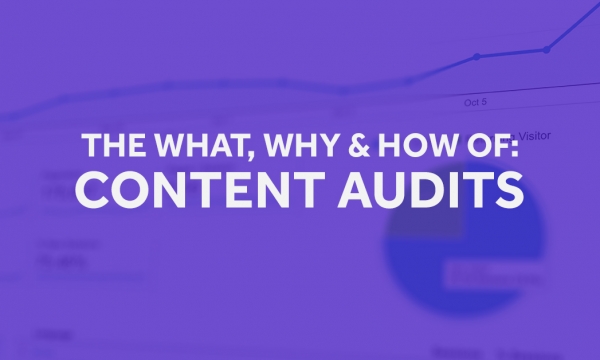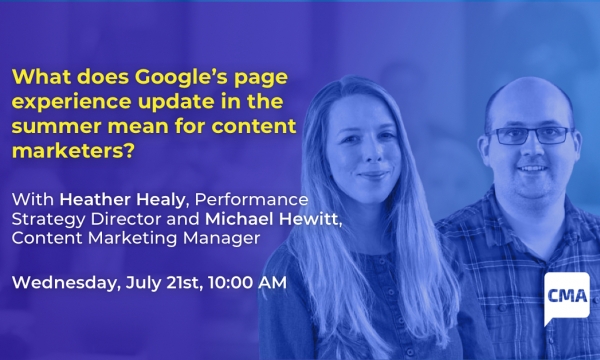Email can be a powerful and effective marketing channel and has been known to achieve stand-out ROI when deployed correctly. But, as with all channels, we cannot apply the one size fits all rule.
Effective email marketing appreciates the need to understand its target audience, and adapts accordingly. The end goal of conversion may be the same for B2B and B2C customers, but how we get there is very different.
Understanding buying cycles

B2B decisions often impact a wider community of stakeholders compared to B2C, and decisions can be costly in regards to both time and money. A B2B email campaign needs enough time to nurture and persuade in order to gain the backing of the wider audience.
In comparison, the B2C customer buying cycle is much shorter. B2C customers are more inclined to make impulse and short-term decision purchases. Whether shopping for a new dress, or hunting for the next holiday, the knock-on effects are much less, and therefore the timescales are shortened significantly.
When planning your email campaigns, consider the full time-frame needed to reach the point of conversion, allowing time in-between emails to avoid spamming your prospects.
Having the right content assets

B2B decision makers need to be rational in their thinking.
We must gently lead our B2B audience down the nurturing path, ensuring we tick all of their prerequisite boxes. Emails must first be educational and non-promotional, such as white papers, developing into softer persuasive content such as case studies and testimonials to subliminally encourage conversion.
B2C customers are typically emotional in their thinking.
B2C customers are all about value, they can be wowed by the glitz and glamour of a half price discount or payday promotion, with the simple nudge of a strong CTA to push them over the conversion hill.
Remember to use promotions strategically. Over-use of promotions may deliver a benefit in the short-term but can damage the brand image and hinder long-term sales.
Timing is everything

B2B customers are methodical with their emails.
The beginning of the week often indicates weekly reporting and scheduling, whereas Friday’s are notoriously known for their lackadaisical approach. Mondays have been found to provide great open rates, but is the user merely clearing down their inbox? Click to open rate (CTO) should be used as a measurement of email engagement, potentially avoiding the optimisation around an empty metric.
B2C customers have a reputation of being more leisurely with emails.
Most B2C customers are at work from 9-5, so common sense dictates that we target them during the evenings and weekends. If open rates are a KPI, as a rule of thumb, Tuesdays are the most effective day, whereas Sundays are the least effective.
This being said, we cannot apply the same rule to all businesses. Each brand is unique, which means that all audiences are unique. Upon sending your emails apply the golden rule… test, test, test.
To make this easier, once you’ve warmed up your email base and begun to collect data, most ESPs have a built-in send-time-optimisation feature, helping to eliminate send time uncertainty.
All this being said, understanding your audience is just one component to consider. The success of your email campaigns is pivotal on applying email best practise and aligning your email strategy with the goals and efforts of the wider business functions.


